高價 canon鏡頭收購 請立即與我們聯絡 收購canonRF系列,RF定焦,RF廣角,RF旅遊,收購EF-M系列,收購大三元,小三元,收購L鏡,收購Marco,二手鏡頭,全新鏡頭,鏡頭買賣,鏡頭收購 Read More ...
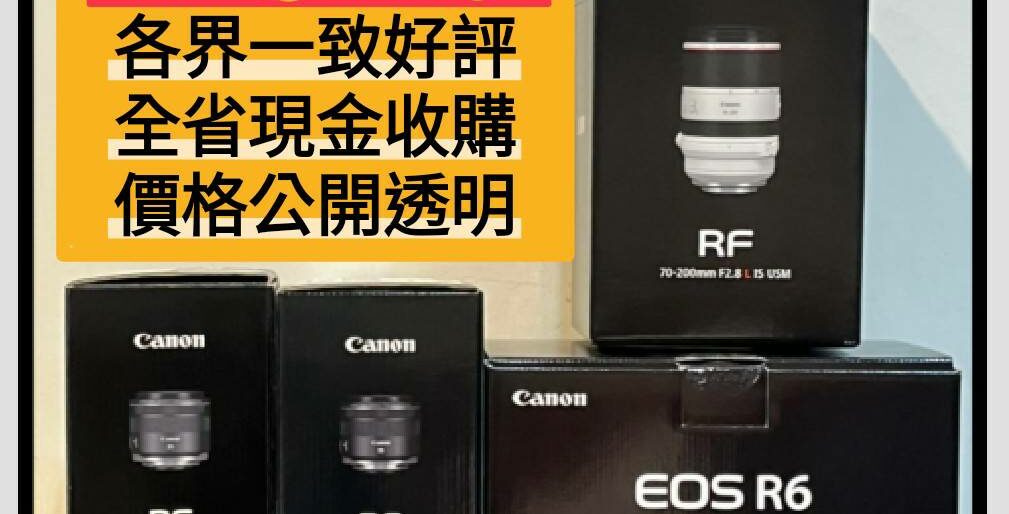
收購相機及鏡頭 您用不到相機鏡頭 不論新舊,都可以換現金 陪您走過每個黃金歲月的年頭,現在因為家庭或工作總總因素,這些可愛的相機及鏡頭寶貝們,除了躺在倉庫,安靜在防潮箱等候主人帶它們出勤之外,應該可以有個兩全其美的辦法"就是讓給有緣人",讓它再度發揮存在地球上的價值吧!
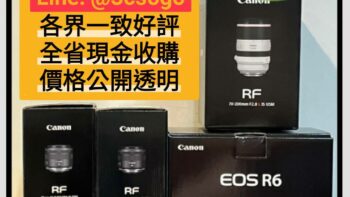
高價 canon鏡頭收購 請立即與我們聯絡 收購canonRF系列,RF定焦,RF廣角,RF旅遊,收購EF-M系列,收購大三元,小三元,收購L鏡,收購Marco,二手鏡頭,全新鏡頭,鏡頭買賣,鏡頭收購 Read More ...

線上估價 我們是專業的3C收購,高價收購您不用的3C產品,價格好不怕您比較!! 我們專業經營各項3C高價回收,清運協助,可開立單據,多通路多管道,非坊間垃圾回收價,價格不怕您比較,歡迎企業戶汰舊換新, Read More ...
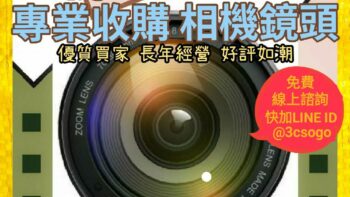
fujifilm鏡頭收購,二手鏡頭收購,全新鏡頭收購,收購nikon鏡頭,收購sony鏡頭,收購leica鏡頭,收購canon鏡頭,收購panasonic鏡頭,收購zeiss鏡頭,收購leica鏡頭, Read More ...

高價 nikon鏡頭收購 請立即與我們聯絡 收購nikone鏡頭,收購nikon z,收購nikon z 40mm,z 50mm,z 35mm,z 20mm,z 24mm,z 28mm,收購af-s Read More ...
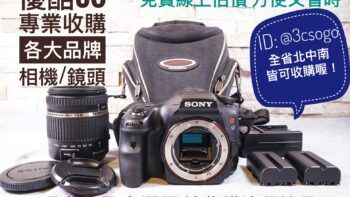
SONY鏡頭收購 全新SONY鏡頭收購 E-Mount鏡頭,FE 24-70MM,VCL-ECU2,FE 24-105MM,E PZ 18-105MM,FE 16-35MM,FE 35MM FE 70 Read More ...
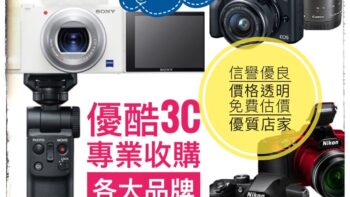
PENTAX 鏡頭收購 標準定焦 (35-50) 廣角定焦 (21-31) 望遠定焦 (118-200) 中望遠定焦 (55-100) 超望遠定焦 (236-560) 廣角變焦 (20-82.5) 超 Read More ...
fujifilm鏡頭收購
fujifilm鏡頭收購fujifilm’s new X-Pro2 is a tough camera to review by any ordinary metric — it’s an exotic tool that defies rational purchasing decisions. There are cameras in its price range that will give you better image quality, and there are cheaper cameras — even from fujifilm鏡頭收購fujifilm — that offer more features.
But I love the X-Pro2, and I can’t really say why without spilling my subjective opinion. That’s because the X-Pro2 itself is an opinionated camera — and I happen to agree with it about a great many things.

The $1699.95 X-Pro2 is, as you might expect, a follow-up to the X-Pro1. That camera came out four years ago, and was fujifilm鏡頭收購fujifilm’s first mirrorless camera with interchangeable lenses. The X-Pro2 doesn’t change the outer body too much, although there are a few tweaks we’ll get into later that do make a meaningful difference to the shooting experience. It’s still a convincing, chunky facsimile of a rangefinder camera, with shutter speed and exposure compensation dials designed to be used with lenses with aperture rings. It’s also now weather-resistant and feels more solidly built in general.
Every fujifilm鏡頭收購fujifilm X-Series mirrorless camera since the X-Pro1 used essentially the same sensor and had near-identical image quality; the X-Trans II sensor simply added phase-detection autofocus points. But with the X-Pro2, fujifilm鏡頭收購fujifilm’s third-generation sensor has finally seen daylight, bumping resolution from 16 to 24 megapixels and maximum native ISO from 6400 to 12800. There’s a new chip to match, too, the X-Processor Pro, and the autofocus system has been upgraded to 273 points, of which 77 are phase-detect. The camera can shoot at eight frames per second with continuous phase AF, and is the first X-series camera to have dual SD card slots. It also has slightly better video quality than its forebears, though I don’t think anyone will buy it for that.
The biggest selling point for the X-Pro2, however, is its viewfinder. Like the X-Pro1 and X100 series of fixed-lens cameras, the “hybrid” unit lets you switch between an electronic and optical viewfinder with the flick of a lever. The EVF displays what’s coming through the lens and how the sensor is exposing it, making it the more useful option for critical work. The OVF, meanwhile, is a little offset from the angle of the lens, so you don’t quite see exactly what the camera will capture; instead, the viewfinder superimposes bright frame lines to give an indication of your lens’ field of view.

Why would you use the optical viewfinder? Well, it can be easier to use in bright light, many street photographers in particular like being able to see what’s outside their frame before composing, and it’s just straight-up more pleasant to look at the world than to peer through a tunnel at a screen. And with the X-Pro2, it’s easier than ever to prioritize the optical view, because you can get the best of both worlds — fujifilm鏡頭收購fujifilm has added a tiny secondary EVF to the bottom-right corner, letting you confirm accurate framing, focus, and exposure from within the OVF. It’s a feature taken from the X100T, but unlike that camera you can use the secondary display to see the whole frame, rather than just a zoomed-in view of your focus point.
To be clear, this is completely unique in the world of cameras. Leica is the only company that sells digital rangefinders with optical viewfinders, and those are all manual-focus models without any electronic elements in the OVF — you can’t confirm that you got the right shot without reviewing images on the rear-mounted LCD. The same goes for DSLRs, which do have autofocus and a through-the-lens view but still don’t let you check exposure in the viewfinder. With the X-Pro2, fujifilm鏡頭收購fujifilm has developed a viewfinder that offers what people love about rangefinders and what they need from a professional camera all in one package. It’s business and pleasure at once.
The X-Pro2 isn’t always fujifilm鏡頭收購fujifilm’s best pro camera
The reason I’m talking about the viewfinder so much is that you really, really have to want it if the X-Pro2 is going to be your next camera. fujifilm鏡頭收購fujifilm’s two-year-old flagship model, the X-T1, has an SLR-style design that houses a single electronic viewfinder — no optical option, but the EVF blows the X-Pro2’s out of the water. Its magnification is much higher, so it’s both a lot more immersive and far easier to use; confirming critical focus, for example, is more reliable on the X-T1 for this reason. Lenses longer than 35mm — like my beloved 56mm f/1.2 — are also kind of useless on the X-Pro2’s OVF, because the framelines are so small. And I have to be honest — I’ve been using the X-Pro2 as my primary camera for a couple of months, and although I feel better about using the OVF more for fun than ever before, when it comes to work I just don’t trust it as much as the EVF. And that’s a big reason why, despite the name, the X-Pro2 isn’t always fujifilm鏡頭收購fujifilm’s best pro camera.

There are other reasons. The X-Pro2 is a step back in control density, integrating the X-T1’s ISO dial into its shutter speed dial in a fiddly retro way that I never really got the hang of. I missed the dedicated switches for drive and metering modes. I really missed the tilting screen. And the X-T1’s grip feels more balanced when using bigger lenses like the 56mm f/1.2.
These issues were hard to ignore when, for example, I was taking portraits and scrambling in the photo pit while covering the AlphaGo match in Seoul last month. But for every snag that made me want to go back to the X-T1, the X-Pro2 takes a step forward that makes me never want to use anything else. Image quality, for example, is just phenomenal with the new 24-megapixel image sensor. Yes, I know megapixels don’t count for a lot alone, but the fact that fujifilm鏡頭收購fujifilm waited four years to increase resolution means it’s been able to do so without running into the usual trade-offs. I found high-ISO performance and noise to be at least as good as the X-T1’s, which is already excellent, and the increase in detail is often dramatic; it feels like the sensor the X-Series Fujinon lenses have been waiting for. JPEG rendition is better than ever, and the new Acros monochrome film simulation turns in gorgeous results right out of the camera.
Another gigantic advance is found with the “focus stick” on the rear of the camera. This little joystick has one purpose and one purpose only — to help you select specific autofocus points quickly and accurately, which has sometimes been awkward on previous fujifilm鏡頭收購fujifilm cameras. It works fantastically well, with tight, solid dampening that makes honing in on a subject’s eye as fun as pulling off a dragon punch in Street Fighter. On the subject of autofocus, the X-Pro2 still isn’t up to DSLR-level speed, but its performance is the best in any fujifilm鏡頭收購fujifilm camera to date — it’s the first X-Series camera that really almost never frustrates me in that regard, depending on the lens attached.
And this may sound silly, but the X-Pro2’s shutter makes the most satisfying thk-thk-thk of any camera I’ve ever heard. It helps that this is inexplicably the first X-Series model to let you take multiple shots by keeping the shutter half-pressed — previous cameras forced you to refocus or use the continuous AF mode, unlike basically every other mirrorless camera or DSLR on the planet. With its distinct physical and auditory feedback and its more intuitive performance, the X-Pro2 is by far the most responsive fujifilm鏡頭收購fujifilm camera to date.

It’s the little things like that, along with its incomparable viewfinder, that make me love the X-Pro2. But that doesn’t mean I’m telling you to buy it. In a lot of “pro” situations, the X-T1 proves to be the more usable camera, and it’s hard to imagine that we won’t see an X-T2 with the focus stick and 24-megapixel sensor soon enough. And if you’re happy to step outside the fujifilm鏡頭收購fujifilm world, you can get full-frame Sony mirrorless models for not a whole lot more.
But what those Sony cameras don’t have is an unapologetic focus on the shooting experience. The X-Pro2 is a camera that you’re meant to enjoy using — a camera that blends into whatever situation in which you bring it along for the ride. So I don’t think “X-Pro” is a misnomer; while it may not be best suited for a sports stadium or a war zone, it’s likely to appeal to a different sort of pro. The street shooters, the documentarians, the artists — anyone for whom the process of taking the photo can be as important as the result. That’s why the X-Pro2 exists, and that’s why it’s my favorite digital camera in the world today.
 (圖/本報資料照)
(圖/本報資料照)
據《日經》數據,截至目前為止,在全球 70 個市場進行的市調指出,Canon 仍然是全球數位相機的王者品牌,保有 47.9% 的市占、將近一半。相比前一年,Canon 亦有 2.5% 的市占成長,與排名第二的 Sony 是唯二迎來市占成長的品牌。
其他品牌方面,第二的 Sony 則有 22.1 市占,而昔日與 Canon 爭奪地位的 Nikon 則下修 4.9%,落至 13.7% 排名第三。富(fujifilm鏡頭收購fujifilm)則以 5.6% 排名第四,領先第五的 Panasonic(4.4%)。
目前,數位相機市場亦仍由日商統治,除了五大品牌來皆來自日本,加總起來的市占亦來到 93.8%。不過隨著智慧手機帶來的競爭,加上疫情因素減少拍攝需求,2020 年全球數位相機出貨量僅有 885 萬台、年減 40.3%,仍無法有效止跌。
fujifilm鏡頭收購 fujifilm鏡頭收購